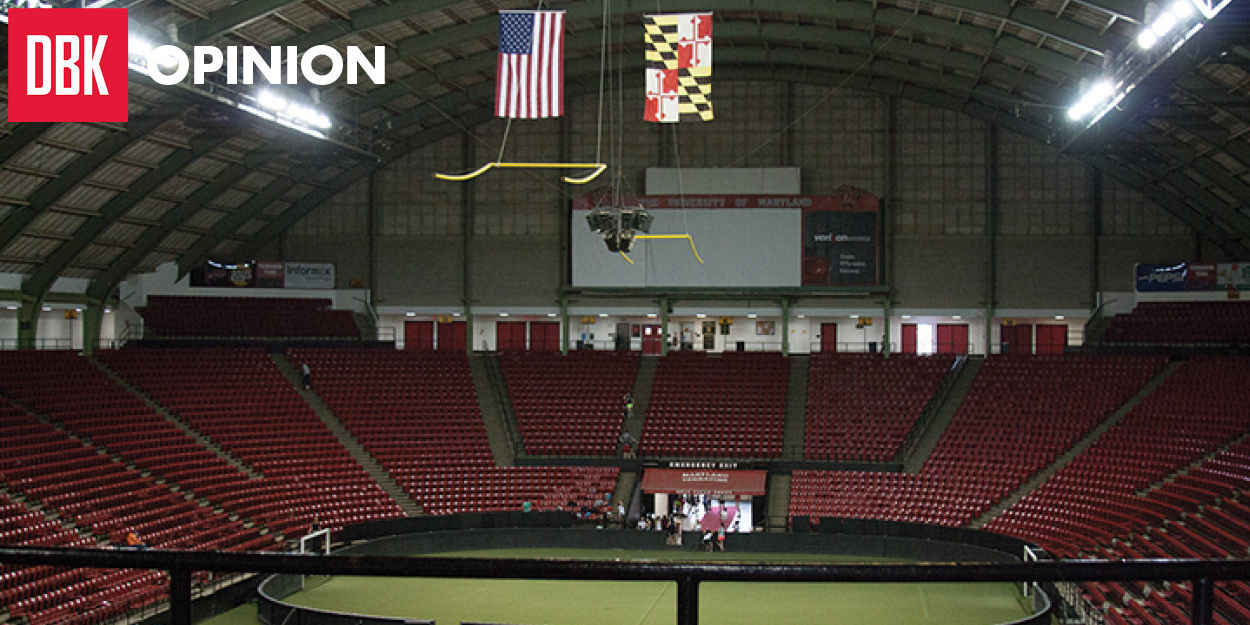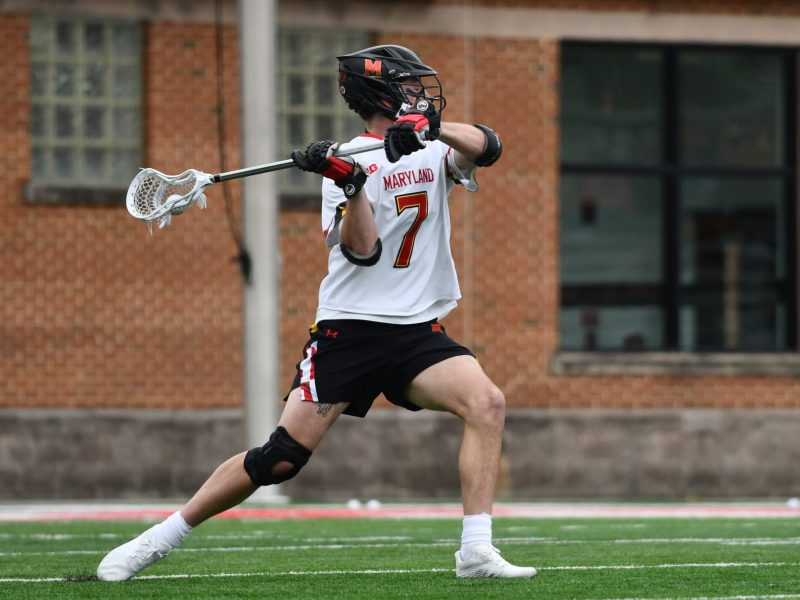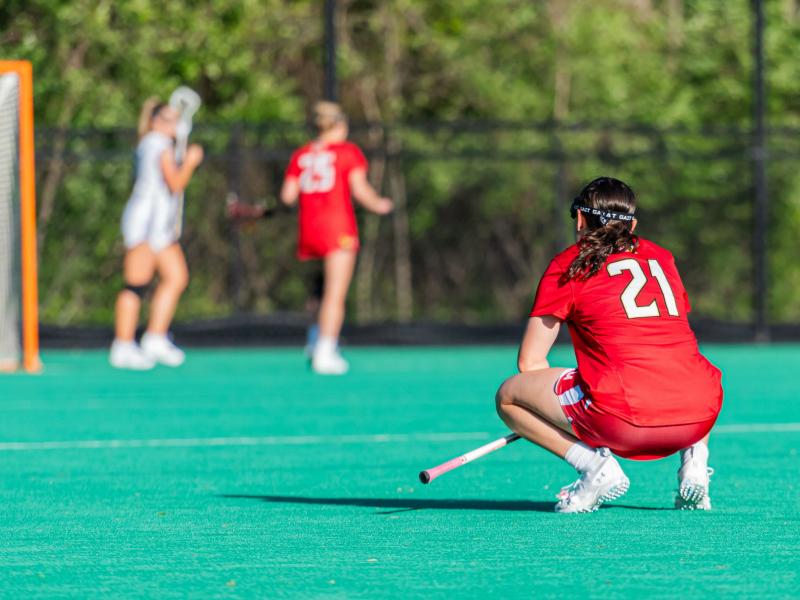
Cole Field House
On March 3, 2002, the No. 2 Terrapins men’s basketball team stepped onto the court for its last regular-season game, the last the program would play in Cole Field House, the Terps’ home since 1955.
That contest — an emotional drubbing of then-ACC rival Virginia, 112-92 — provided a fitting send-off for the Terps, who would go on to win the program’s first and only national title four weeks later.
A standing-room-only crowd of more than 14,500 cheered on Terps greats Juan Dixon, Lonny Baxter, Steve Blake and coach Gary Williams as the team notched its 476th and final victory in the historic venue.
The victory brought Cole full circle, as the Terps also topped the Cavaliers in their first game at the arena 47 years earlier. And as a postgame net-cutting ceremony marked the team’s regular-season championship, Terps fans knew it signified the end of an era.
These days, Cole’s red seats usually sit empty. The court is gone, ripped up and sold to fans for between $50 and $200 a piece and replaced by artificial turf. The floor once dominated by the likes of Dixon, Len Bias and Walt Williams now serves a host of club and intramural sports. The banners commemorating tournament runs and All-Americans now hang in Xfinity Center.
The trappings might be gone, but the numbers put up in the arena remain.
Seven upsets of top-ranked teams (the most in any building in NCAA history) and three national championships played out at Cole. The Terps men’s and women’s programs compiled a 774-246 all-time record at the venue. Sixteen Terps All-Americans called Cole home.
But it’s the unforgettable individual moments that the Terps faithful hold most dear. Dixon lighting up the scoreboard for a career-high 33 points against Georgia Tech in 2000. Ernest Graham’s program-record 44 against N.C. State in 1978. A win over No. 1 Duke in 2002 after four straight losses to the Blue Devils on the Terps’ home court. Undersized perennial benchwarmer Earl Badu hitting the third-last shot recorded in the arena — his third and fourth career points — to a standing ovation and open cheers from the game’s announcers.
For many longtime fans, Cole stands as something more than a remnant of a bygone era in which the Terps were one of the most respected programs in the NCAA. For them, it’s a shrine to basketball history at this university.
The university, however, might have different ideas for the former home of Terps basketball. Officials are considering converting Cole to an indoor practice facility that could accommodate football practices and other events, The Baltimore Sun reported last week.
Coach Williams, recently appointed to a fundraising position in the athletic department, said efforts would be taken to preserve the history fans cherish, so it’s clear the university understands the community’s sentimental attachment to Cole.
The university has been interested in a new indoor practice space for some time, as it’s the only Big Ten school without such a facility. And luring prospective student-athletes to this university certainly takes top-notch amenities.
The cash-strapped athletic department also announced plans to build a new facility in August 2013, which could cost the department up to $80 million, The Sun reported.
There’s no word on what the bill for renovating Cole would cost, but if it’s significantly cheaper, the department would do well to put plans for a brand-new facility on hold, at least until it clears most of its whopping deficit.
With plans for Cole still up in the air, now’s the time for university officials to consider how to respect the memories of Terps basketball in the time-honored venue. While it’s nice to believe Cole will remain untouched, it’s also naive: This university can look toward its athletic programs’ future — as it should — while celebrating its past.



